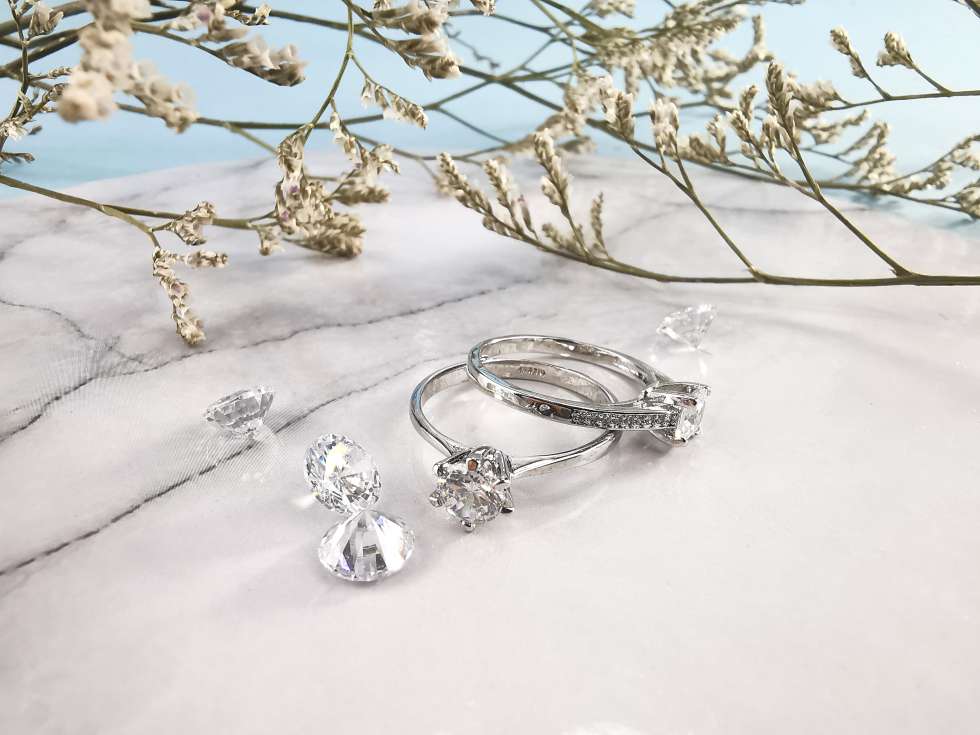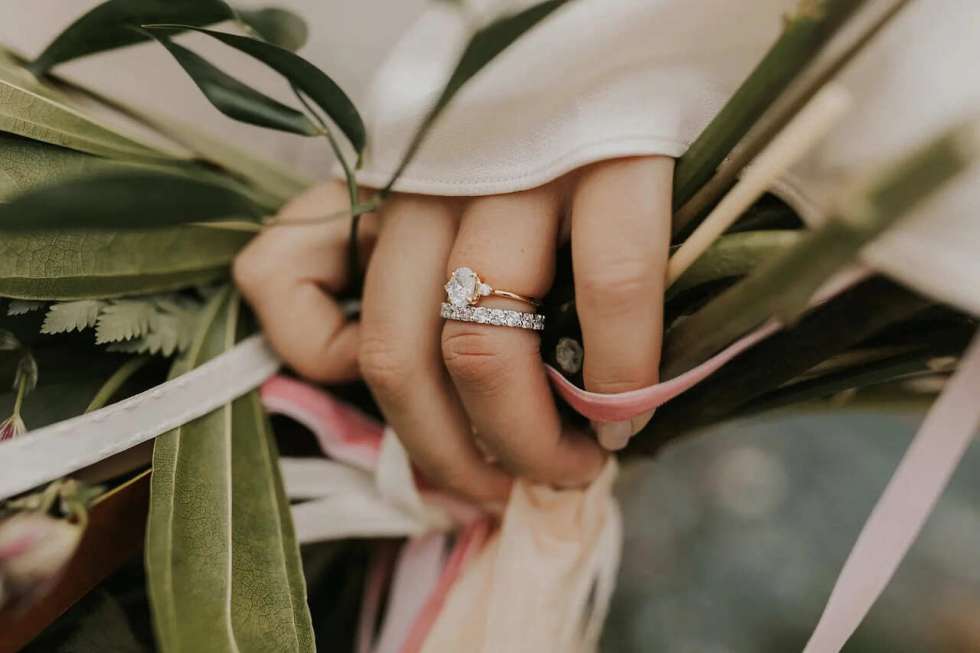Consider These 6 Vital Things When Buying An Engagement Ring

Engagement must be one of the greatest events in everyone’s life, and it somehow involves an equal amount of stress for both partners. The one preparing a perfect engagement may be overwhelmed with the number of details they have to figure out as soon as possible, and the engagement ring is the most important detail on the list. You will probably be surprised by the huge number of rings you will need to choose from. If you know what the best pick is for your partner, then you should not be concerned.
Also, if you are not quite sure what would be the best choice, worry not. We got your back.
Here are 6 useful tips that will help you find the best ring for your partner.
When Choosing a Diamond Ring
The first rule you need to remember is the 4C rule. This rule refers to color, clarity, cut, and carat weight. This is the standard set by GIA and is officially used for assessing the diamond quality and will help you compare diamonds as well. Briefly, 4Cs refer to:
-
Color: letters D-to-Y grade the diamond’s lack of color. Namely, diamonds with no color are extremely rare.
-
Clarity: this parameter suggests that there are no inclusions or blemishes in your diamond.
-
Cut: diamonds need to be cut so that they can unleash their light. The quality of the cut determines how well the diamond will unleash its light.
-
Carat Weight: carat weight is closely related to the diamond's size.
Once you learn the 4Ca and how to determine them, then you should ask yourself, “Which C is my priority?” By using the 4C rule, you will be able to eliminate some diamonds from your list and narrow down the list of rings that will best go with your bride-to-be. It will take you some time to learn the 4C language. But, once you learn how to speak it, you will be empowered to choose the perfect engagement ring with confidence.
Stone Shape
One of the most important parameters when choosing an engagement ring is the stone shape. You need to understand that stone cutting is not the same from every angle, and the shape of the stone comes from the outline when it is viewed face-up. If you want to avoid common designs, then you should not be looking for a round-shaped stone, since it is by far the most popular one. So, when choosing a ring for your engagement, you should not limit yourself only to the round stone shape. There are also more fanciful shapes such as marquise, square, heart, oval, pear, and rectangle.
The Metal of the Band
The metal of the band you pick for the ring will eventually affect the appearance of the entire piece. Lately, the most popular picks are white gold and platinum because of their sophisticated, refined, modern look. These will also make a great combination with almost colorless stones. On the other hand, yellow gold bands have been a classy choice ever since and will most certainly make a great choice. New trends suggest that rose gold is also a very good choice because of the unique color and perfect contrast with the colored and colorless stones.
The Setting
This criterion is responsible for the richness of the piece. Usually, there are three major types: prong, bezel, and halo. The first type is by far the most popular and is the ring which is a statement piece. The name comes from the very appearance since the stone is held by six prongs. The ring is called “solitaire” due to the stone's being positioned quite high. The second category, bezel, is the setting where a thin metal strip is integrated around the stone to hold it in place.
The final type, halo, is the setting where the center stone is encircled with tiny diamonds, which add more sparkle to the engagement ring and make quite an impression.
Side Stones
Side stones are a sophisticated way to give your engagement ring a bit of additional sparkle. It is a dazzling way to make it stand out from the rest of the engagement rings. If you are more of a classic type, you can go with a single, massive stone, but having it paired with some side stones will certainly add up. When it comes to side stones, you have two options: side stones that match your center stone in color, clarity, and cut; or side stones that create a little contrast with their distinct colors.
Colored Stones
The majority of people would go with an almost colorless stone when choosing diamonds. But why not be a bit funky? Colored stones and gems can give you equal beauty and extraordinary design with a spark of symbolism that will certainly help you raise the bar with your engagement ring. Blue, green, yellow, red, and pink stones possess exceptional beauty and will always draw lots of attention.
Choosing an engagement ring can be quite overwhelming for many reasons. Usually, you are terrified not to make the wrong choice, so you end up picking the biggest stone just to keep yourself on the safe side. However, the truth is that big stones sometimes do not mean the right pick. By far, smaller stones will make a better impression if the previously mentioned parameters are taken into consideration.











